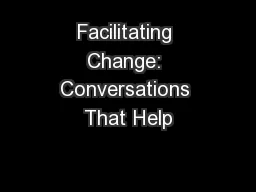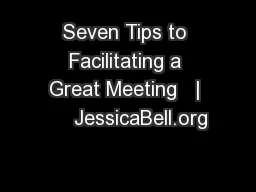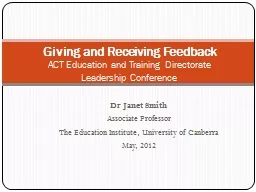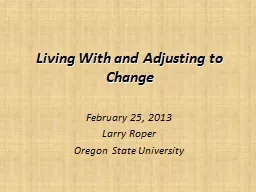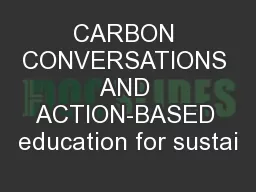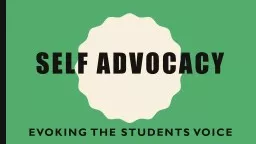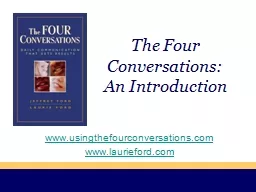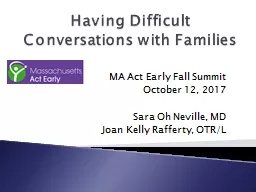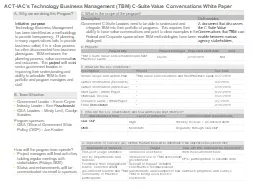PPT-Facilitating Change: Conversations That Help
Author : pamella-moone | Published Date : 2018-10-28
Participants will Gain increased understanding of factors that make it difficult for families to engage in Early Head StartHead Start Gain strategies for improving
Presentation Embed Code
Download Presentation
Download Presentation The PPT/PDF document "Facilitating Change: Conversations That ..." is the property of its rightful owner. Permission is granted to download and print the materials on this website for personal, non-commercial use only, and to display it on your personal computer provided you do not modify the materials and that you retain all copyright notices contained in the materials. By downloading content from our website, you accept the terms of this agreement.
Facilitating Change: Conversations That Help: Transcript
Download Rules Of Document
"Facilitating Change: Conversations That Help"The content belongs to its owner. You may download and print it for personal use, without modification, and keep all copyright notices. By downloading, you agree to these terms.
Related Documents

